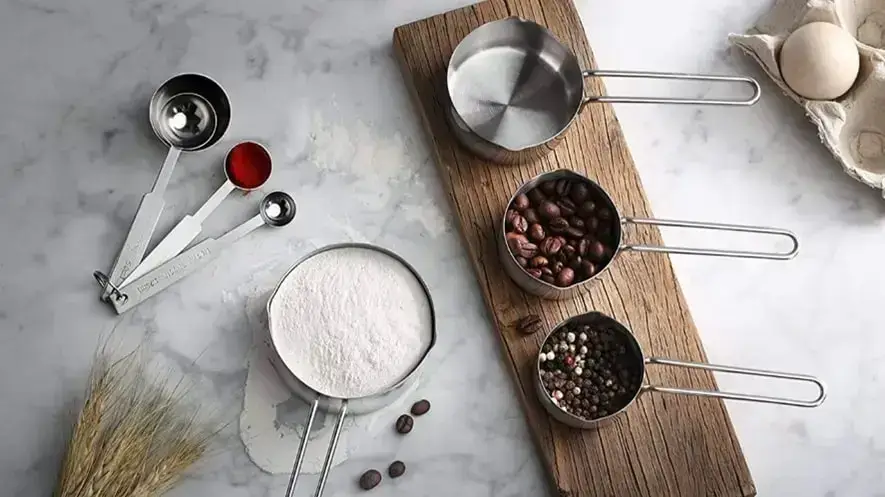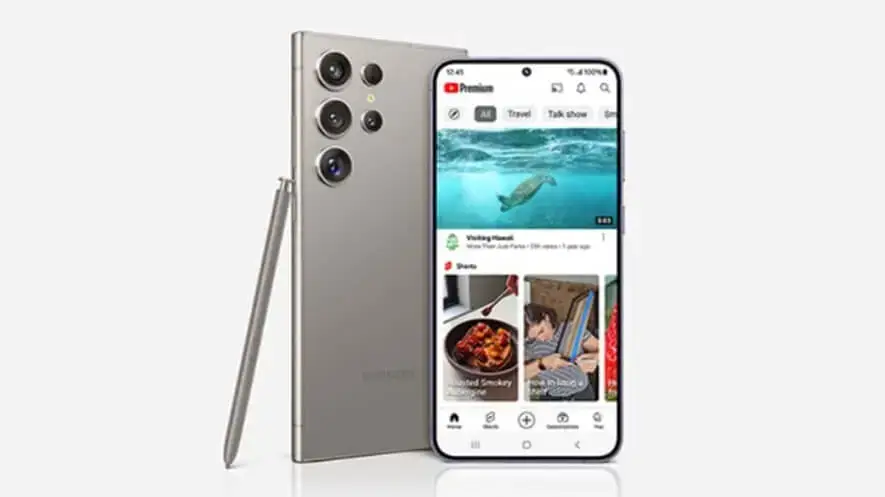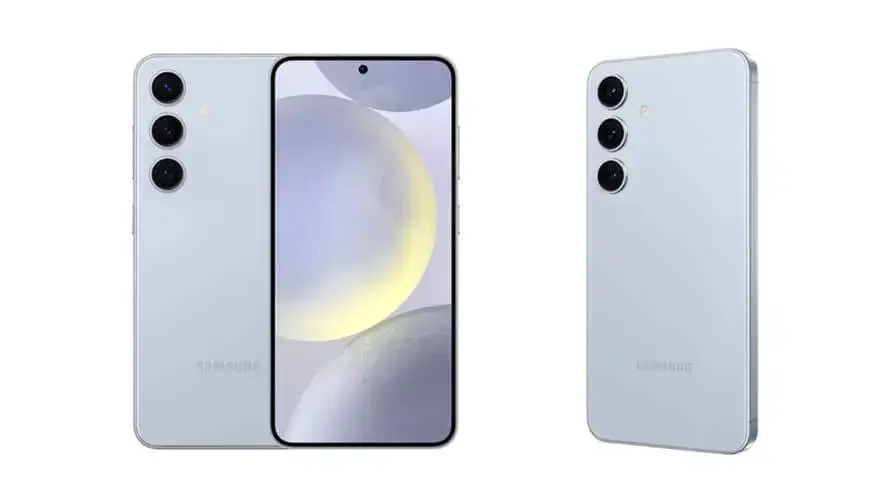Disclaimer and consent: By using this site, you agree to our use of cookies. We may earn commissions from affiliate links and display Adsense and other ads, which help support our efforts in providing valuable content and recommendations.

Hey everyone who loves cooking! Have you ever been cooking and got stuck wondering if you should grab a teaspoon or a tablespoon? It can be pretty confusing, right? Well, you’re definitely not the only one! Let’s dive into the world of teaspoons vs tablespoons vs spoon together and figure out what they’re all about.
Teaspoon vs Tablespoon
First things first, let’s clear up any confusion about what these two utensils actually are. A teaspoon is the smaller one, often used for stirring sugar into tea or coffee, while a tablespoon is the bigger sibling, typically used for serving and measuring ingredients like flour, sugar, or oil.
Now, you might be thinking, “What’s the big deal? They’re just spoons, right?” Well, my friend, the devil is in the details when it comes to cooking and baking. Using the wrong spoon can make a world of difference in your dish, turning it from a culinary masterpiece to a kitchen catastrophe!
Let’s break it down:
- Size Matters: The most obvious difference between a teaspoon and a tablespoon is their size. A teaspoon is smaller, usually holding around 5 milliliters (ml) of liquid, while a tablespoon is larger, holding approximately 15 ml. So, if your recipe calls for a teaspoon of vanilla extract and you accidentally use a tablespoon, brace yourself for an extra-strong vanilla kick in your cake!
- Precision Cooking: When it comes to baking, precision is key. A little too much or too little of an ingredient can throw off the entire recipe. Teaspoons are great for adding just the right amount of spices, baking powder, or salt, ensuring your baked goods rise perfectly and are bursting with flavor. On the other hand, tablespoons are ideal for measuring larger quantities of ingredients like oil, honey, or peanut butter, giving your dishes that delicious richness and texture.
- Tablespoon of Conversion: One tablespoon equals three teaspoons. Remembering this conversion can save you from a lot of kitchen disasters. So, if your recipe calls for 2 tablespoons of olive oil and you only have a teaspoon handy, you’ll need to measure out 6 teaspoons instead.
- Multi-Purpose Marvels: While teaspoons and tablespoons have their specific roles in the kitchen, they’re also versatile tools that can be used for various tasks. Teaspoons are perfect for scooping out jams and jellies, while tablespoons excel at mixing salad dressings and sauces.
- Personal Preference: Ultimately, the choice between a teaspoon and a tablespoon often comes down to personal preference and the nature of the recipe. Some chefs swear by the precision of teaspoons, while others prefer the convenience of tablespoons. Experimenting with different utensils can lead to exciting culinary discoveries and help you develop your own cooking style.
The age-old debate of teaspoon vs tablespoon may seem trivial, but it’s an essential aspect of the culinary world. By understanding the differences between these two utensils and knowing when to use each one, you’ll be well-equipped to tackle any recipe that comes your way. So, grab your spoons, embark on your culinary adventures, and let your taste buds be your guide!
Teaspoon Vs Tablespoon Vs Spoon
Teaspoon: Smaller measuring unit, often used for small amounts of ingredients like spices or extracts.
Tablespoon: Larger measuring unit, commonly used for larger quantities of ingredients such as liquid or dry ingredients. We assume that 1 US tablespoon is equal to 3 teaspoons.
Spoon: Generic term for utensil used for scooping and stirring, can refer to both teaspoons and tablespoons informally.
Teaspoon Vs Tablespoon Vs Spoon
